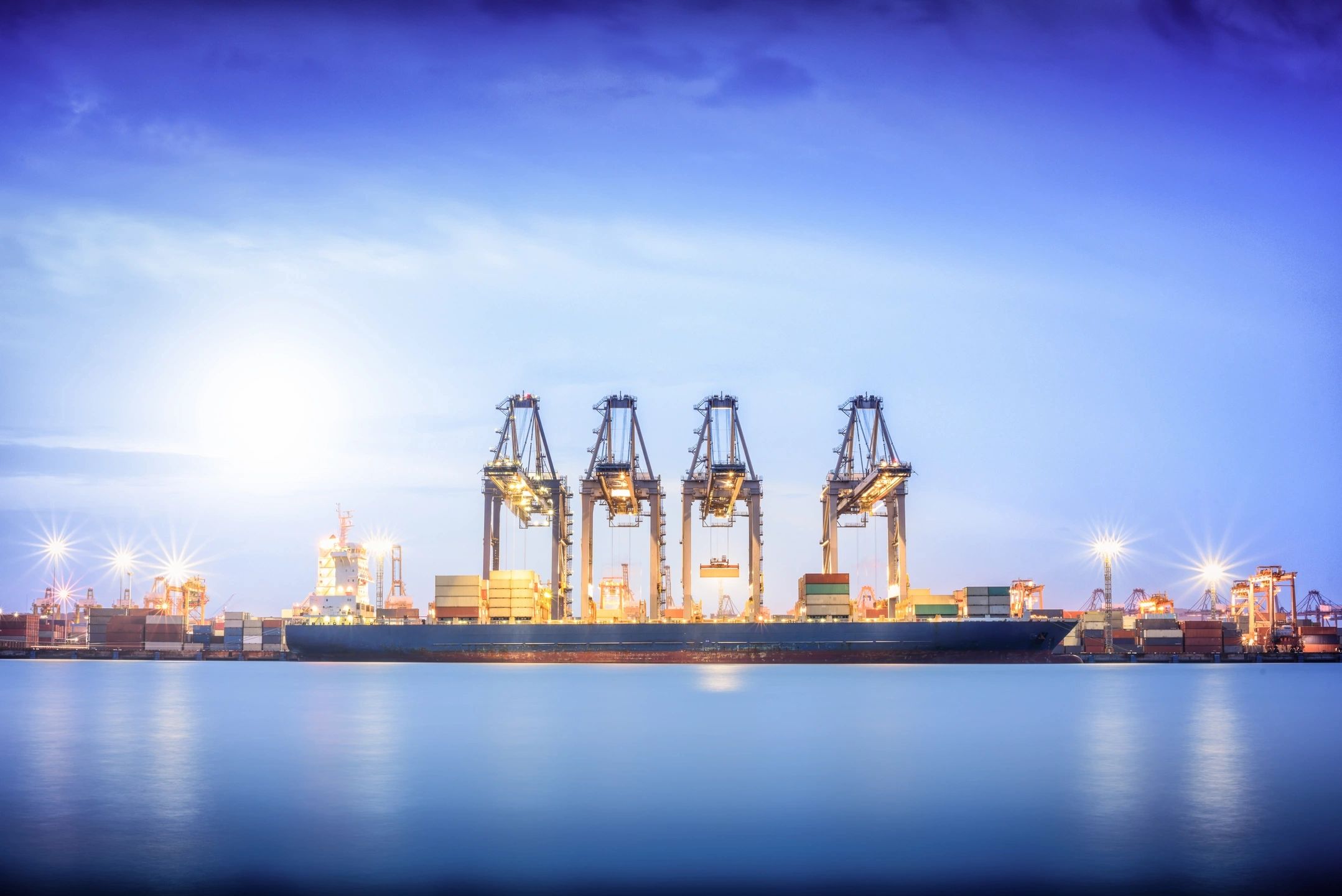‘I predict 2024 will be the year of global China. Our headquarters will discover that Chinese competition is going global at a breakneck pace. The amount of Chinese investment in Monterrey (Mexico) is tremendous. But it’s also happening in Serbia, Egypt, and Morocco.’
‘Because of geopolitical tensions, China will increase its presence in middle-income economies where it can leverage its cost advantage and continue to expand.’
‘Overseas sales as a proportion of Chinese companies’ revenues are still relatively low even though they started going overseas 20 years ago. What’s different is that the Chinese market is growing slower at 4% to 5%, not 8% or more, so they must find new markets.’
‘The board wants us to reduce exposure and buy at the lowest cost. Every quarter, the procurement team must justify our China exposure; if they can’t defend it, they must offer an alternative plan. Inflation is increasing costs outside of China, while supply chain transparency laws in Europe and the US increase the complexity of the procurement officer’s job.’
‘We must closely monitor the proliferation of non-market barriers – tariffs and sanctions. In the last five years, the number of tariffs jumped from 650 to 3,000, courtesy of the United States. China has been restrained but has the infrastructure to catch up should it hit back.’
A global reconfiguration of trade is underway, with China pulling away from traditional trading partners and forging closer ties with mid-sized economies and strategic allies. This pivot towards regions like North Africa, Southeast Asia, Eastern Europe, and Mexico is catching the attention of business leaders in Asia Pacific. CEOs must strategically and proactively adapt to this shift, as the altered trade patterns from China present a blend of both challenges and possibilities for MNCs in the region.
Deepen your understanding & explore the implications for corporate strategy.
Log in for the full Forum Insight.
Join your peers at upcoming Forum events.
Not yet a member?
Contact us to learn more.




